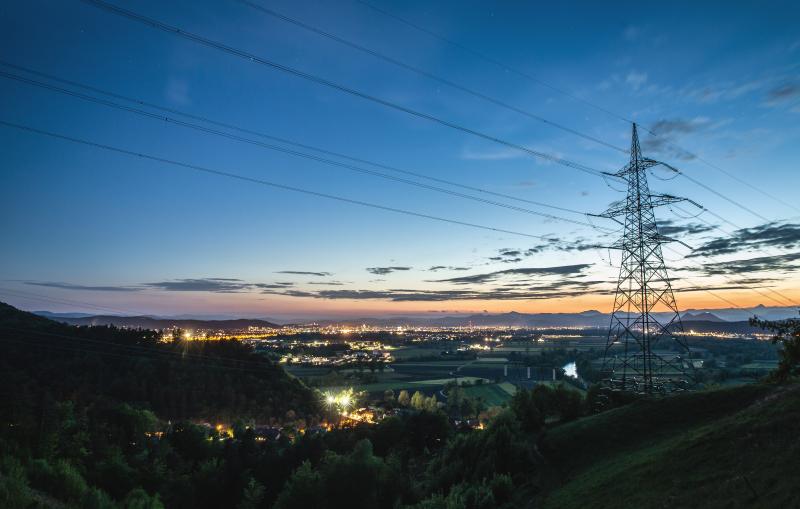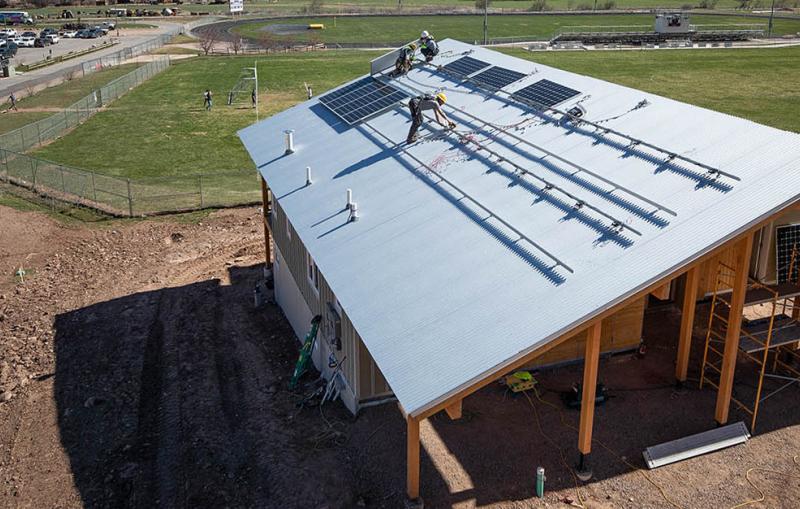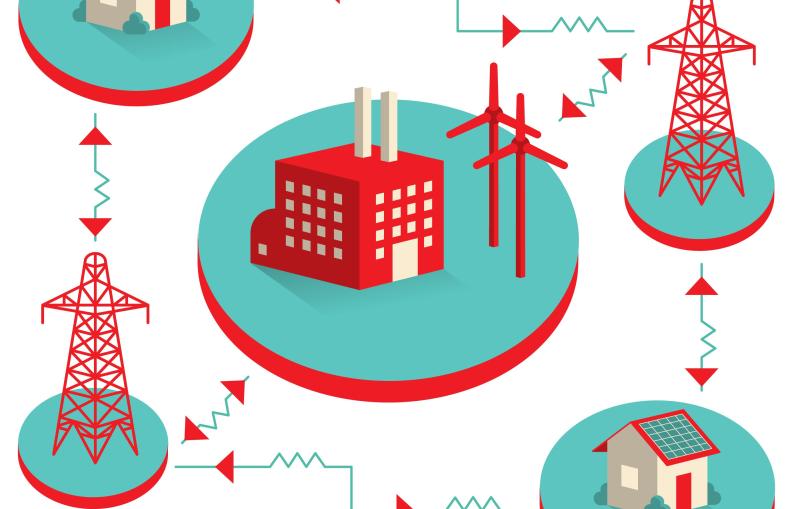September 22, 2022
Charging cars at home at night is not the way to go, Stanford study finds
Related Topics
Dig Deeper
Related stories

News Feature
January 17, 2024
·
4 min read
News Brief
December 18, 2023
·
2 min read


News Feature
January 17, 2024
·
4 min read
News Brief
December 18, 2023
·
2 min read

News Feature
February 28, 2022
·
6 min read

Press Release
September 14, 2017
·
4 min read
